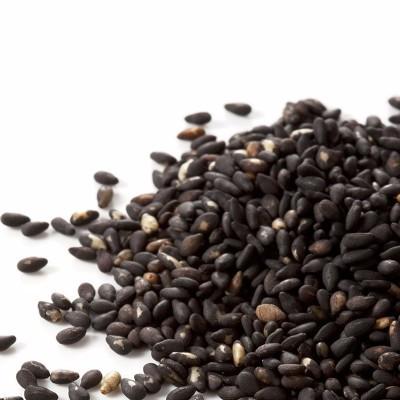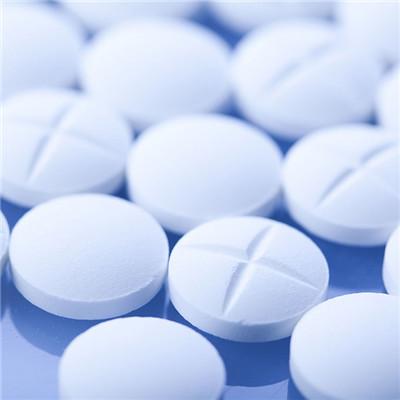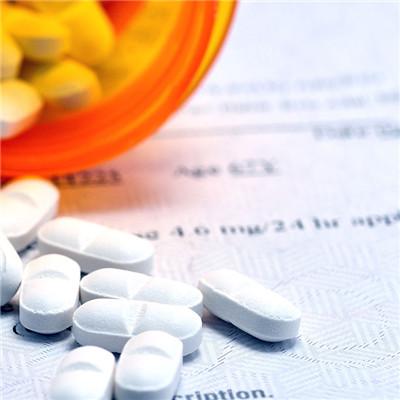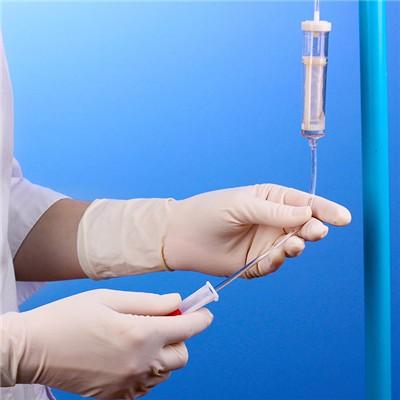How does coronary atherosclerotic heart disease do?
summary
Coronary atherosclerotic heart disease (CHD) is a kind of heart disease caused by coronary artery atherosclerotic lesion, which leads to vascular stenosis or occlusion, myocardial ischemia, hypoxia or necrosis. It is often called "coronary heart disease". However, the scope of coronary heart disease may be more extensive, including inflammation, embolism and other causes of lumen stenosis or occlusion. According to who, coronary heart disease can be divided into five types: silent myocardial ischemia (occult coronary heart disease), angina pectoris, myocardial infarction, ischemic heart failure (ischemic heart disease) and sudden death. What about coronary atherosclerotic heart disease? Let's talk about it now.
How does coronary atherosclerotic heart disease do?
Nitrates: it can dilate the vein and relax the artery, reduce the preload and afterload of the heart, and reduce the oxygen consumption of the myocardium; At the same time, it can redistribute myocardial blood, which is beneficial to myocardial perfusion in ischemic area. The representative drugs are nitroglycerin, isosorbide nitrate, etc.
β Receptor blockers: can block excessive catecholamine excitation β Therefore, it can significantly reduce the oxygen consumption of myocardium; It can also increase blood supply in ischemic area, improve myocardial metabolism and inhibit platelet function, so it is commonly used in patients with angina pectoris and myocardial infarction. meanwhile β Receptor blockers are the only confirmed drugs for secondary prevention of acute myocardial infarction β The death rate of heart disease, sudden death rate and reinfarction rate of the survivors after infarction were reduced by receptor blockers.
Calcium antagonists: by non competitive blocking voltage sensitive L-type calcium channels, calcium can enter into cells through slow channels on cell membrane, that is, reducing calcium inflow, inhibiting calcium passing through myocardium and smooth muscle membrane, so as to reduce myocardial oxygen consumption and improve myocardial efficiency; Reduce ventricular load; It can directly protect ischemic myocardium. At the same time, the drug can increase myocardial blood supply, inhibit platelet aggregation, promote the production and release of endogenous nitric oxide and other pharmacological effects. It is an important drug in the treatment of coronary heart disease.
matters needing attention
Health education for patients and their families; Targeted measures should be taken to prevent the progression of coronary artery disease; Drugs or surgery can prevent myocardial ischemia, left ventricular dysfunction or severe arrhythmia; The risk factors of reinfarction or sudden death should be reduced as far as possible.











